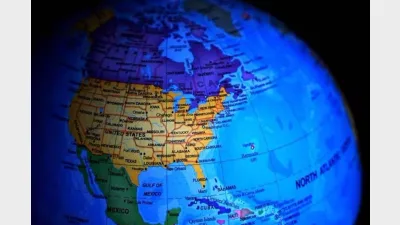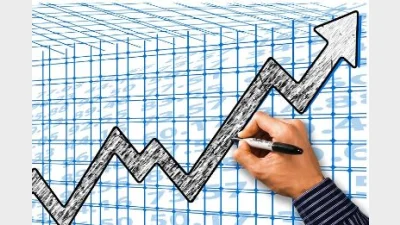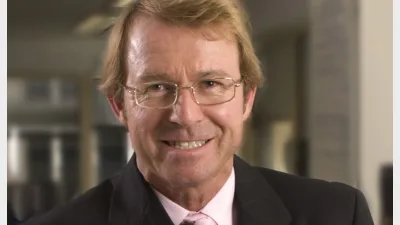Rate hike expectations strengthened following strong CPI data
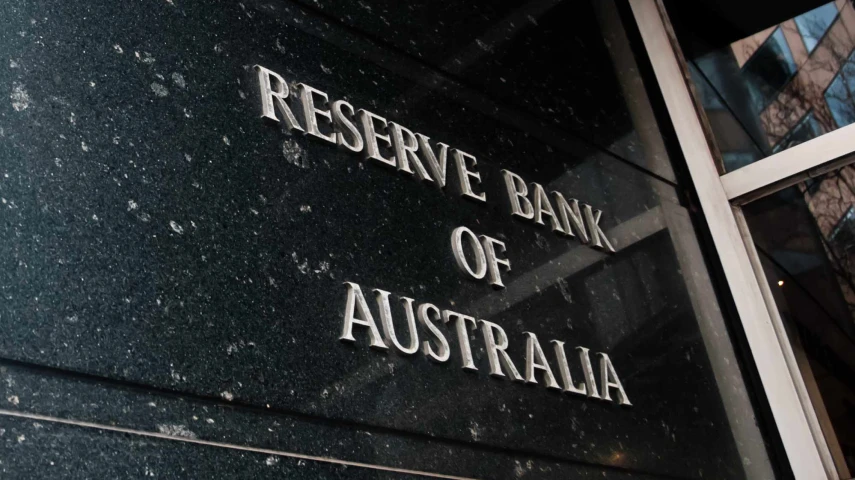

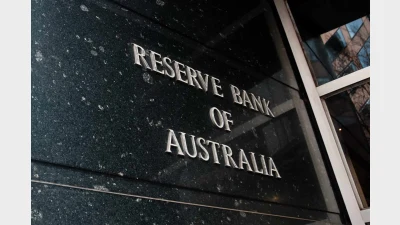
Economists are now more aligned on the future actions of the Reserve Bank of Australia, with most now viewing further interest rate hikes as a real possibility.
The consumer price index (CPI) rose 4.0 per cent in the 12 months to May 2024, up from 3.6 per cent in April, according to the latest data from the Australian Bureau of Statistics (ABS).
The increase exceeded analysts' expectations of a 3.8 percent rise in May.
Responding to the hotter-than-expected CPI data, Deutsche Bank now expects the RBA to hike rates by 25 basis points to 4.6 percent at its next meeting in August.
Phil O’Donaghoe, Deutsche Bank’s chief economist for Australia, declared that underlying inflation in the country is “intolerably high,” noting that Australia is the only G10 nation where underlying inflation has increased since December.
While trimmed mean inflation, the RBA’s preferred measure, stood at 4.4 per cent year-over-year in May, up just 0.4 percentage points since December, O’Donaghoe pointed out that every other G10 country has seen a deceleration in underlying inflation over the same period, with an average decline of 0.9 percentage points.
“Moreover, the monthly CPI indicator shows that trimmed mean inflation is now running more than 0.5 ppt higher than the RBA’s forecast for Q2 at 3.8 per cent. Unless there is a stunning reversal in underlying inflation pressures in the month of June, we think that another material beat on the RBA’s near-term forecasts for trimmed mean inflation is looking very likely. That should prompt a rate hike,” he said.
Just before the monthly CPI release, RBA assistant governor Chris Kent described the RBA’s policy stance as “restrictive”, citing “clear evidence that tight monetary policy is working to bring aggregate demand back into line with aggregate supply and disinflate the economy”.
But for O’Donaghoe, the key question is whether monetary policy really is restrictive enough. Deutsche Bank’s analysis, he said, indicates that the RBA eased more and has tightened less than the Fed or ECB during COVID-19, with Wednesday’s CPI data said to support this view.
“If the complete suite of price updates for Q2 looks a little more benign than the monthly indicator suggests, then there is still a chance that the RBA will hold fire,” the economist said.
“Certainly, our previous call of a cut in November no longer looks feasible. We now assume the cash rate ends this year at 4.6 per cent. We pencil in the first rate cuts in Q2-2025.”
While HSBC’s Paul Bloxham wasn’t as confident in a hike as O’Donaghoe, he stated, “Today’s CPI indicator adds to the case for the RBA to consider lifting its cash rate further”.
Also referencing Kent’s speech, Bloxham said HSBC interpreted it as a signal of the RBA’s reluctance to tighten further. Nevertheless, the chief economist said: “We see a 30 per cent chance that the RBA lifts its cash rate by 25bp in H2 2024”.
“Our view is that rate cuts are not likely in 2024, a view we have held since late 2023.”
The typically optimistic Shane Oliver also raised his expectations for a future rate hike. AMP’s chief economist, who previously expected the RBA to cut rates rather than hike, wrote in a note that the likelihood of another hike in August is now around 45 per cent.
“The monthly CPI indicates that the quarterly headline CPI is on track for a 3.8 per cent yoy increase in line with the RBA’s forecast. The concern though is that the rising trend in the monthly trimmed mean points to a June quarter increase in the trimmed mean well above the RBA’s forecast for a 3.8 per cent yoy rise. As a result, the risk for another rate hike from the RBA has gone up materially to around 45 per cent. June quarter inflation in a month will be key,” Oliver said.
“That said, the RBA needs to be cautious here as monetary policy is judged by the RBA itself to be ‘restrictive’ and is working to slow the economy, the lagged effect of past hikes is yet to fully show up, growth has slowed to a crawl and households are under pressure that will only be partly relieved by tax cuts from next month. As such the risk of overdoing the rate hikes is high adding to the risk of recession,” he added.
Ultimately, Oliver agreed with governor Michele Bullock’s statement that the “narrow path” between doing too much and triggering a recession, and doing too little and locking in high inflation, appears to be narrowing.
“Our base case remains that rates have peaked but the risk of another hike is high and we have pushed out the first cut to February next year.”
Recommended for you
The International Monetary Fund (IMF) has issued a sobering assessment of the global economic landscape in its latest World Economic Outlook, dramatically revised after Donald Trump’s 2 April announcement of sweeping tariff measures.
Growth from the listed company’s key businesses has propelled Generational Development Group to new milestones in the three months to 31 March.
Sharemarkets might have been rallying on the back of central banks’ progress in the inflation fight, if not for Donald Trump’s escalating trade tensions and renewed attacks on the US Federal Reserve, according to AMP’s chief economist Shane Oliver.
Super industry advocates are calling on all parties to prioritise stopping abusers from getting access to their victims’ super.

